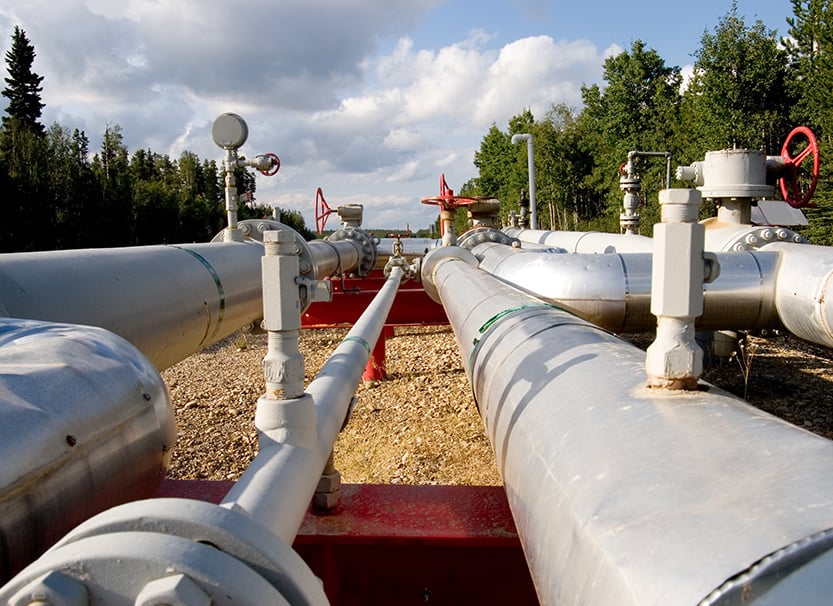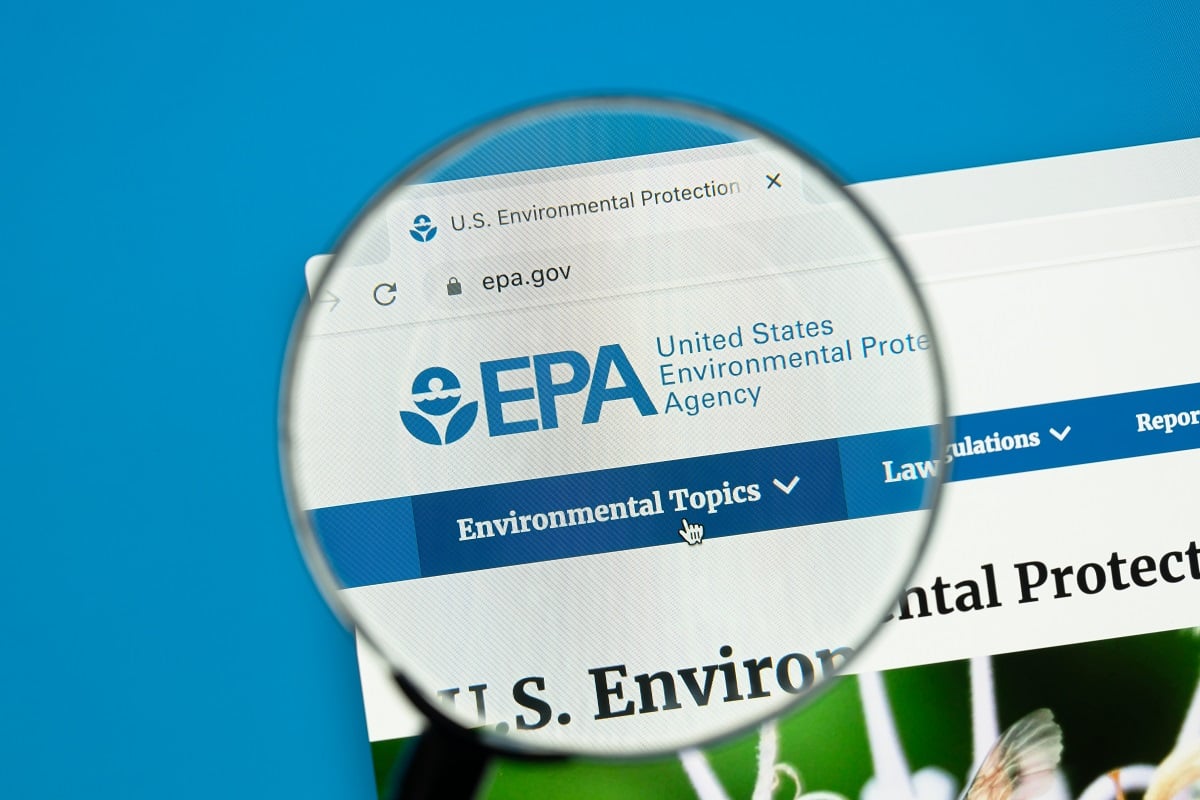EPA Updates Clean Air Act Standards Applicable to Small Waste Incinerators
On June 30, 2025, the U.S. Environmental Protection Agency (EPA) finalized updates to its New Source Performance Standards (NSPS) and Emission Guidelines for Other Solid Waste Incineration (OSWI) units under the Clean Air Act (CAA). These units — combustion systems that incinerate solid waste from commercial or institutional sources not otherwise regulated under specific incinerator categories — include very small municipal waste combustors and institutional incinerators. The final rule includes applicability-related and definitional changes expanding the class of incinerators subject to NSPS, revises the OSWI subcategories and tightens emission limits for key pollutants. It also adopts changes to startup, shutdown, and malfunction (SSM), and expands testing, monitoring, reporting, and recordkeeping requirements that will affect both existing and new OSWI units.

Supreme Court Issues Split Rulings on Clean Air Act Venue Disputes
On June 18, 2025, the U.S. Supreme Court issued decisions in two significant Clean Air Act cases — EPA v. Calumet Shreveport Refining and Oklahoma v. EPA — clarifying the appropriate venue for legal challenges to certain final EPA actions. In Calumet, the Court held that EPA’s universal denials of small-refinery-exemption (SRE) petitions under the Renewable Fuel Standard program were “based on a determination of nationwide scope or effect,” and thus challenges may only be brought in the D.C. Circuit Court of Appeals. By contrast, the Court in Oklahoma held that challenges to EPA’s disapproval of State Implementation Plans (SIPs) belong in the applicable regional circuit courts because the agency’s determinations were based on facts and rationales unique to each state. Although some gray areas remain, the twin decisions put several long-standing venue issues to rest and should encourage quicker resolution of Clean Air Act regulatory challenges.
The Future of Environmental Review of Federal Permitting Remains Unsteady as White House Seeks to Rescind NEPA Regulations
On February 19, 2025, the Council on Environmental Quality (CEQ) submitted a proposed Interim Final Rule rescinding its regulations implementing the National Environmental Policy Act (NEPA). The Rule will become effective 45 days after its publication in the Federal Register, marking the end of nearly 50 years of CEQ regulations serving as the foundation for federal environmental reviews. This Interim Rule comes right at the deadline set by President Trump’s Executive Order (EO) 14154—Unleashing American Energy—which rescinded CEQ’s authority to issue NEPA regulations and revoked President Carter’s EO 11991, which had originally directed CEQ to promulgate implementing regulations.

EPA Publishes First-Of-Its-Kind Framework for Considering Cumulative Impacts Across Agency Actions
On November 21, 2024, the U.S. Environmental Protection Agency (EPA) published Notice of a newly developed draft framework intended to provide all EPA programs with a shared reference point for determining when and how to analyze or consider cumulative impacts—defined broadly to include the totality of exposures to combinations of environmental stressors and their effects on health and quality-of-life outcomes. Keeping pace with the Biden administration EPA’s environmental justice drive, key goals of the Interim Framework for Advancing Consideration of Cumulative Impacts include empowering EPA to (1) more fully and accurately characterize the realities communities face, (2) pinpoint the levers of decision making and identify opportunities for interventions that improve health and quality of life while advancing equity, and (3) increase meaningful engagement, improve transparency, and center actions on improving health and environmental conditions in communities.

U.S. EPA Removes Regulatory Affirmative Defense Provision Against Alleged Violations of Oil and Gas Facility NESHAPs
On October 22, 2024, the U.S. Environmental Protection Agency (EPA) published a final rule removing an affirmative defense from Clean Air Act (CAA) National Emission Standards for Hazardous Air Pollutants (NESHAP) regulations for the Oil and Natural Gas Production Facility and Natural Gas Transmission and Storage Facility Source Categories (Final Rule).[1] Prior to the Final Rule, owners or operators could assert an affirmative defense that alleged NESHAP standard violations were caused by an equipment malfunction.[2] A “malfunction” is defined as any sudden, infrequent, and not reasonably preventable failure of air pollution control and monitoring equipment, process equipment, or a process to operate in a normal or usual manner.[3]
EPA Issues Final Rule for Major Source Reclassification Under Clean Air Act Section 112
On Tuesday, September 10, the U.S. Environmental Protection Agency (EPA) issued a final rule establishing requirements for major sources of hazardous air pollutants — sources that emit or have the potential to emit 10 tons per year of a single hazardous air pollutant or 25 tons per year of a combination of hazardous air pollutants — that reclassify as area sources below these thresholds. Reversing a rule adopted during the Trump administration, the rule provides that sources emitting any of the seven persistent and bioaccumulative hazardous air pollutants listed under Section 112(c)(6) of the Clean Air Act must continue to comply with major source standards even if otherwise reclassified as area sources. As a result, reclassified sources will still be subject to maximum achievable control technology standards rather than less stringent standards applicable to area sources. In so doing, EPA maintains that at least 90% of the cumulative emissions of these pollutants will be subject to National Emission Standards for Hazardous Air Pollutants (NESHAP) regardless of future source reclassifications.
17 States File Complaint Challenging Constitutionality of California’s Advanced Clean Fleets Regulation
On May 13, 2024, 17 states filed a complaint in the U.S. District Court for the Eastern District of California challenging California’s Advanced Clean Fleets (ACF) regulation.
U.S. EPA Proposes Revisions to Project Emissions Accounting Under New Source Review
The U.S. Environmental Protection Agency (EPA) is proposing revisions to the New Source Review (NSR) permitting program that would make it more difficult to net out of NSR requirements by changing how to calculate the net emissions resulting from a facility modification. EPA also proposes to define the term “project” more narrowly to prevent sources from aggregating changes to net out of major NSR requirements. The proposal would revise reforms adopted only four years earlier during the Trump administration that had provided additional flexibility to sources making changes to their operations.

EPA Chemical Safety Rule Raises Questions About Authority
For what appears to be the first time in its history, the U.S. Environmental Protection Agency has recently finalized a rule that requires board-level involvement in an EPA-administered program. Specifically, the EPA’s recent amendments to the Risk Management Program (RMP) require certain chemical plants and refineries to submit third-party audit reports on process safety directly to the audit committee of the company’s board of directors. In short, the EPA is seeking to get involved in corporate governance by dictating what information management must provide to the audit committee and when — regardless of management input. In this article, first published in Law360 on April 25, 2024, Sidley lawyers Justin Savage, Ike Adams, and Aaron Flyer dissect the recent RMP amendments, which are a follow up to the EPA’s Safer Communities by Chemical Accident Prevention rule, finalized March 11, 2024. The authors explore the EPA’s authority to regulate corporate governance requirements, the practical value in doing so, and the potential fallout for companies in terms of corporate governance. If the new RMP rule survives judicial review, it may embolden the EPA to issue other board reporting obligations in any number of its regulatory programs governing corporate operations.
U.S. EPA Sets Stricter National Ambient Air Quality Standards for Particulate Matter
On February 7, 2024, the U.S. Environmental Protection Agency (EPA) issued a final rule under the Clean Air Act lowering the primary (health-based) annual National Ambient Air Quality Standard (NAAQS) for fine particulate matter 2.5 micrometers in diameter or smaller (PM2.5) from 12 to 9 micrograms per cubic meter (µg/m3). EPA asserts that the stricter standard is based on scientific evidence showing that the current PM2.5 standard (12 µg/m3), which was established in 2012 and retained in 2020, does not sufficiently protect human health. According to EPA, based on air monitoring data from 2020-22, 119 counties would not meet the new standard of 9 µg/m3.

